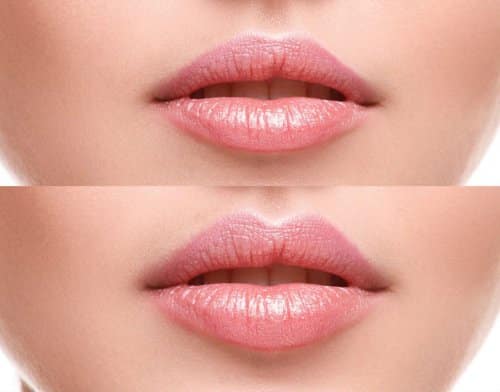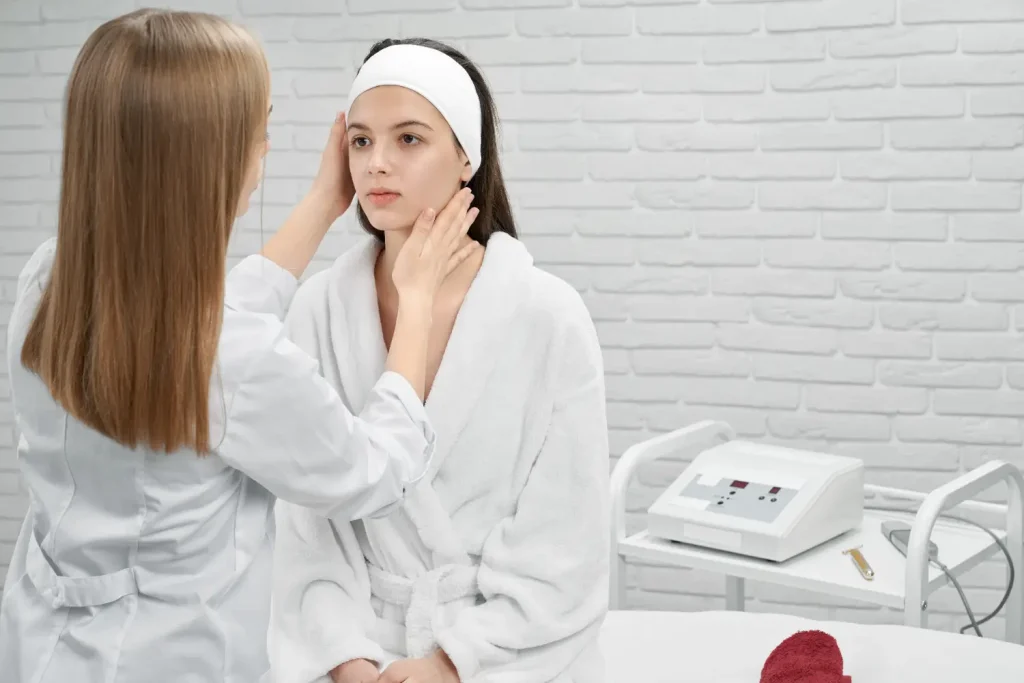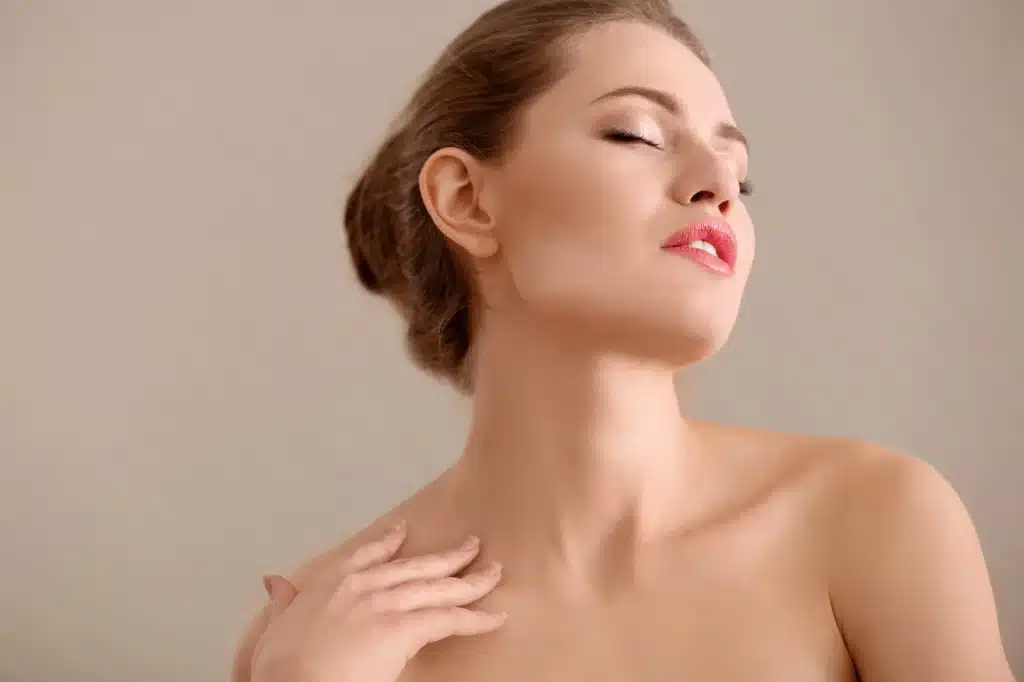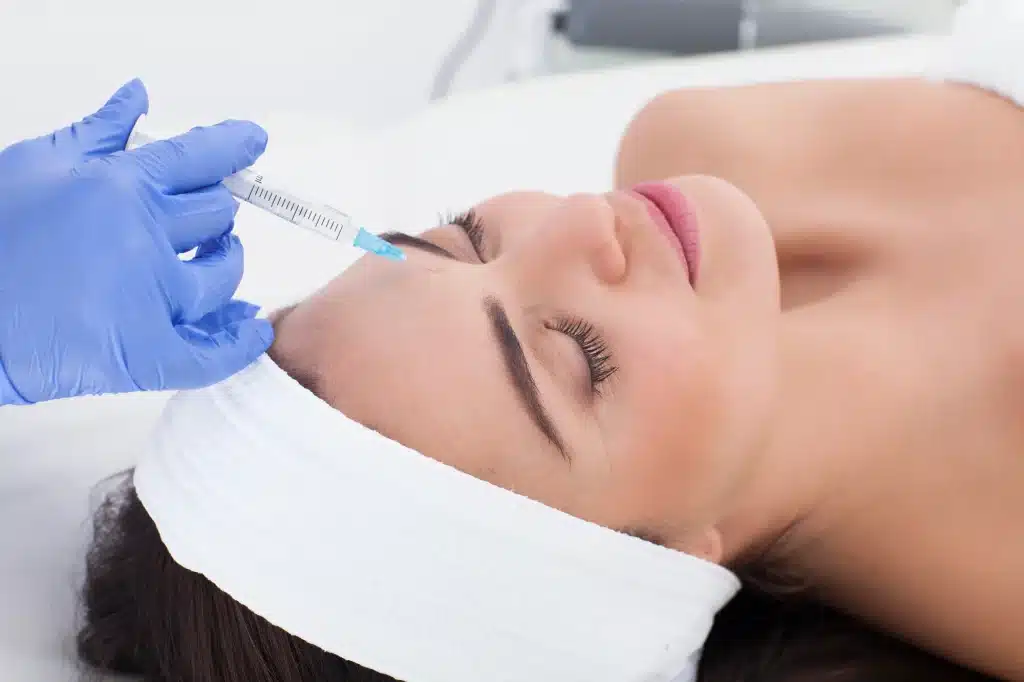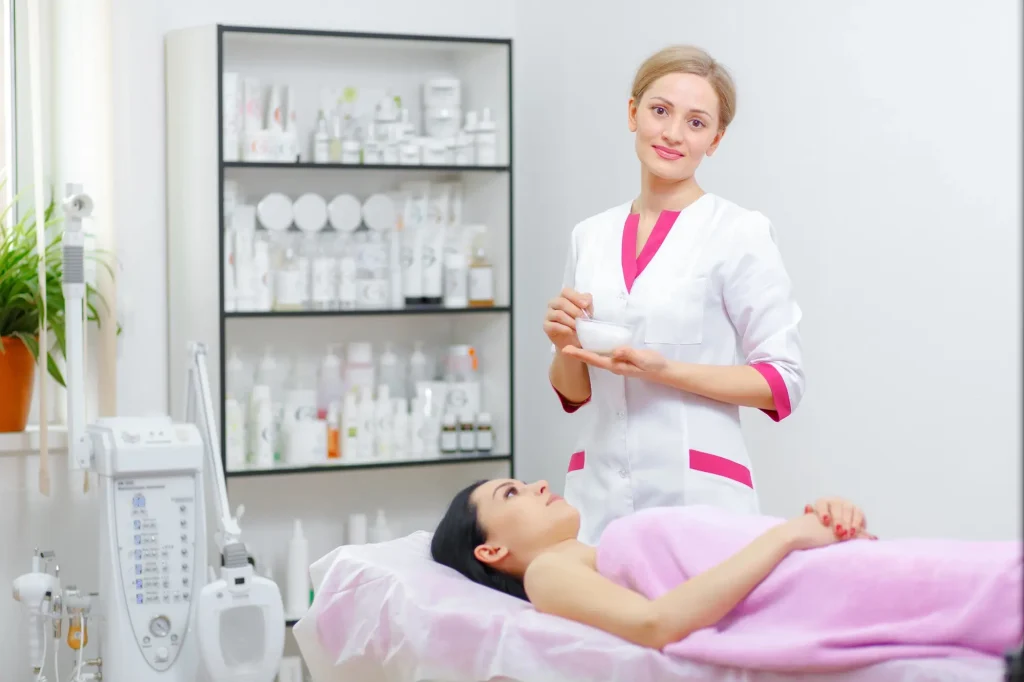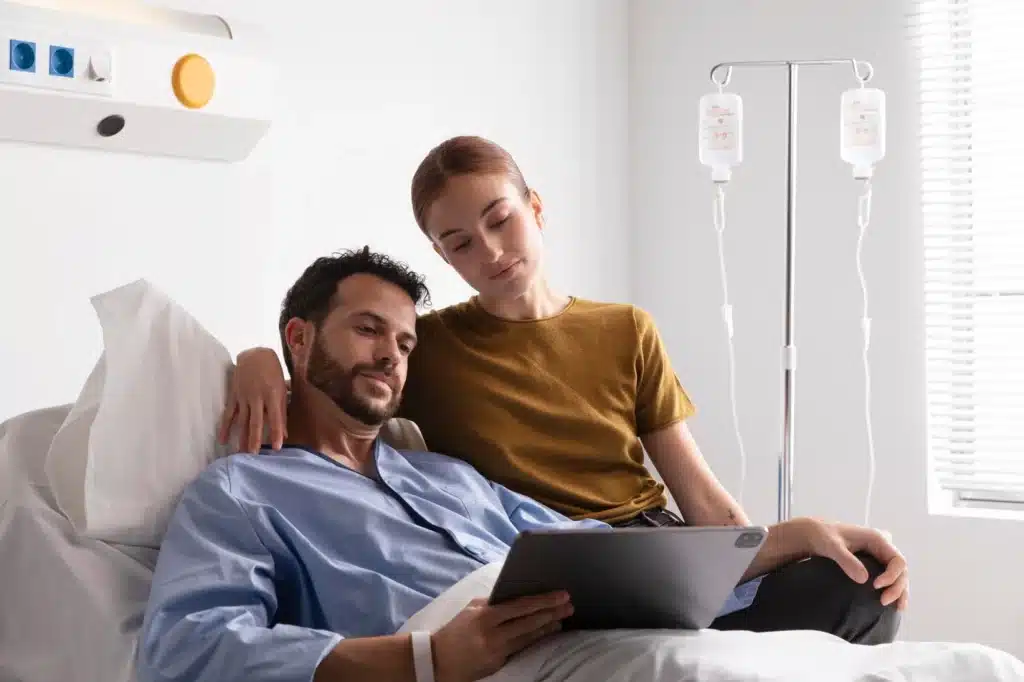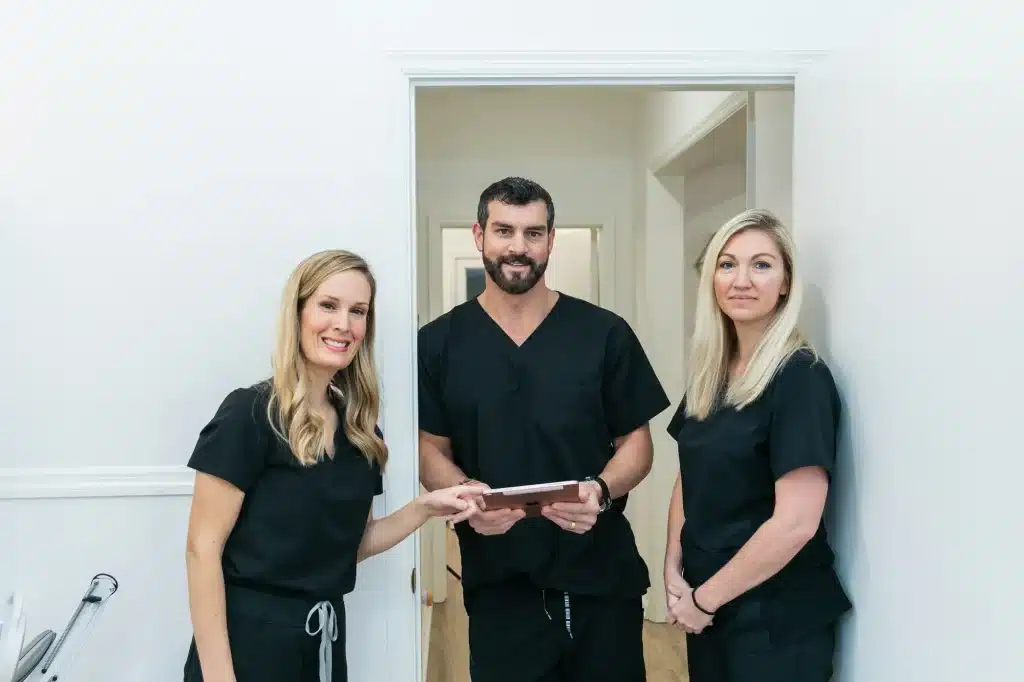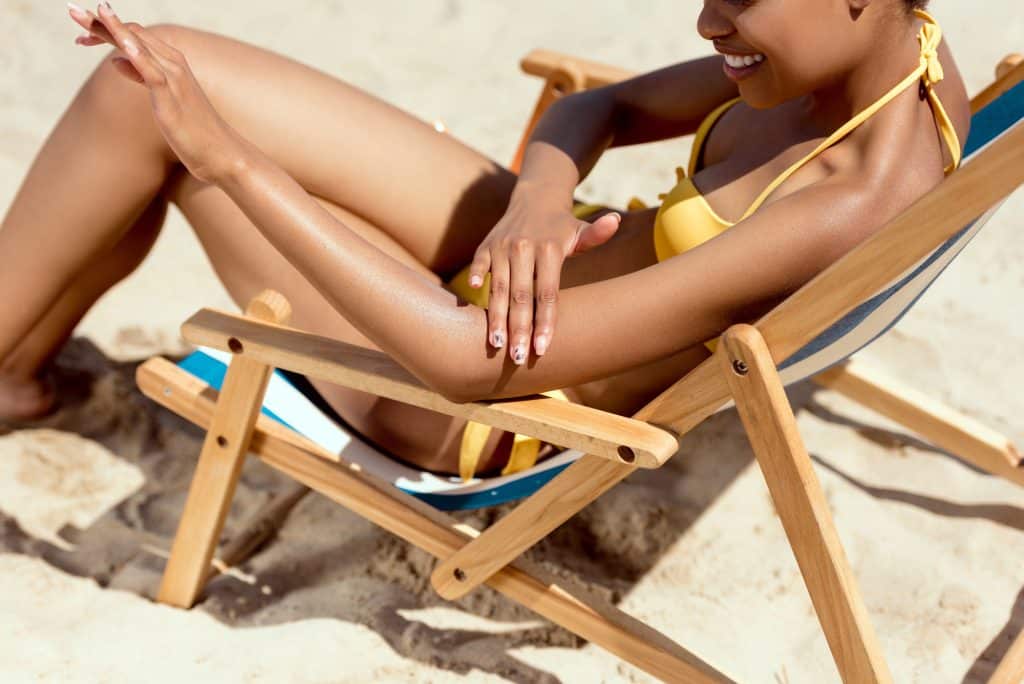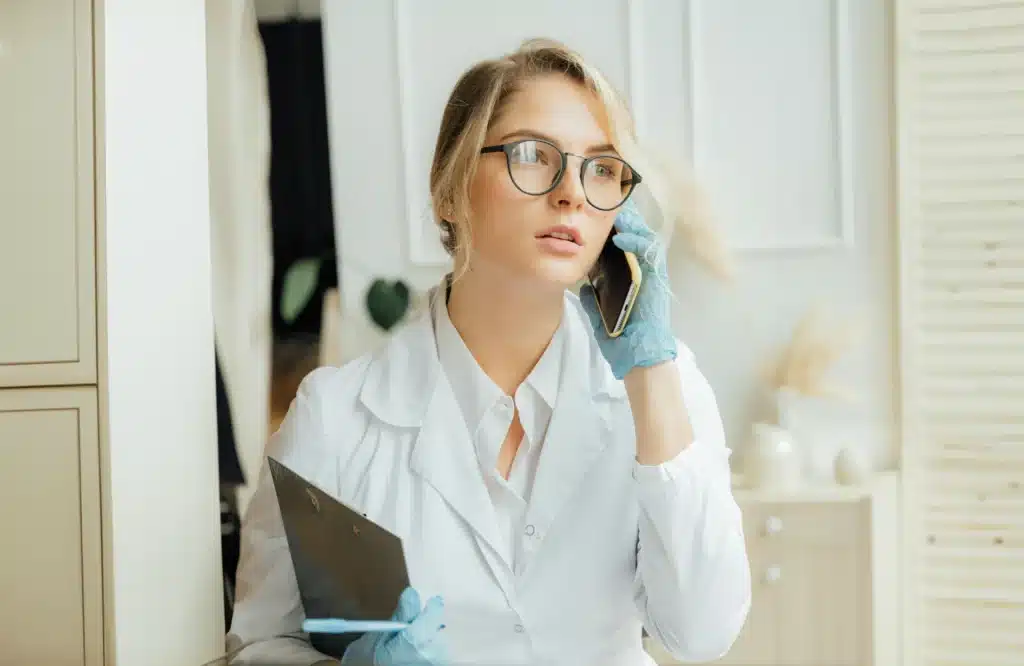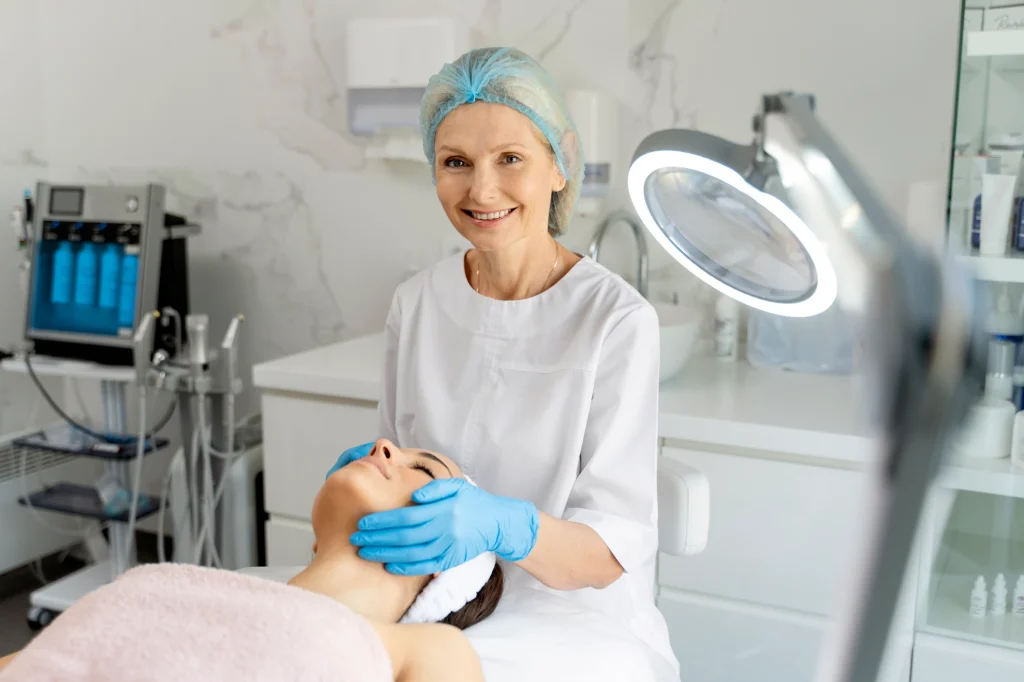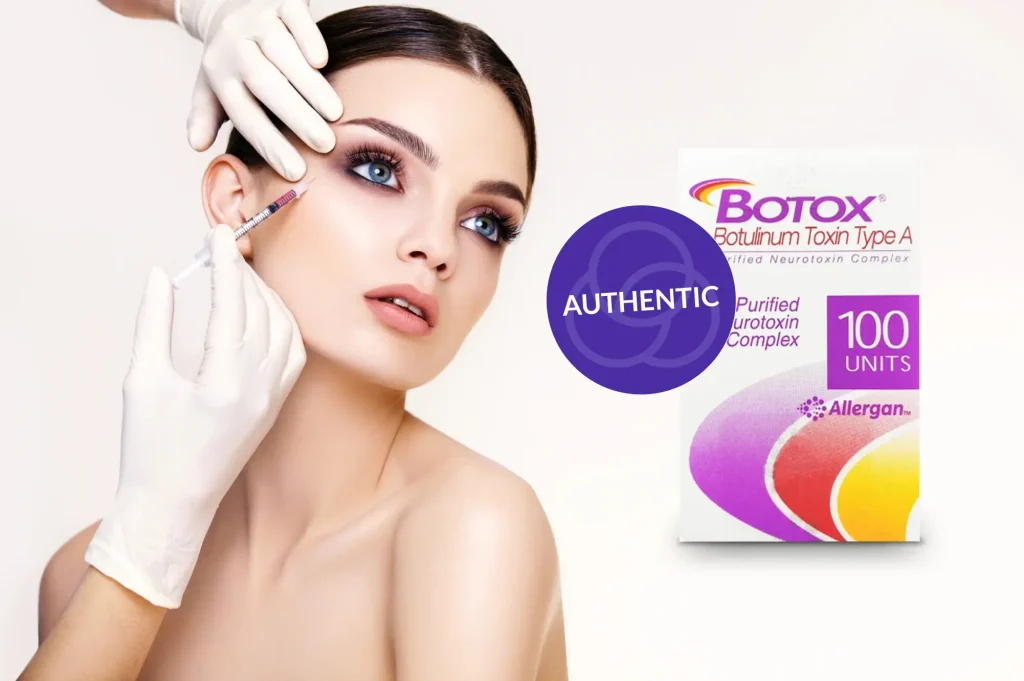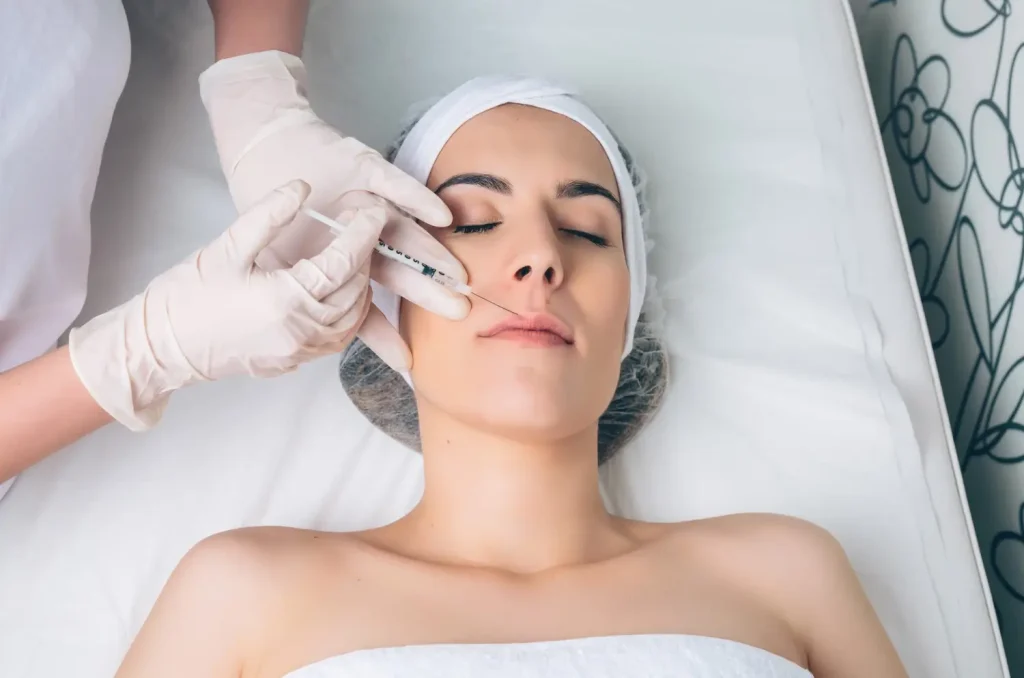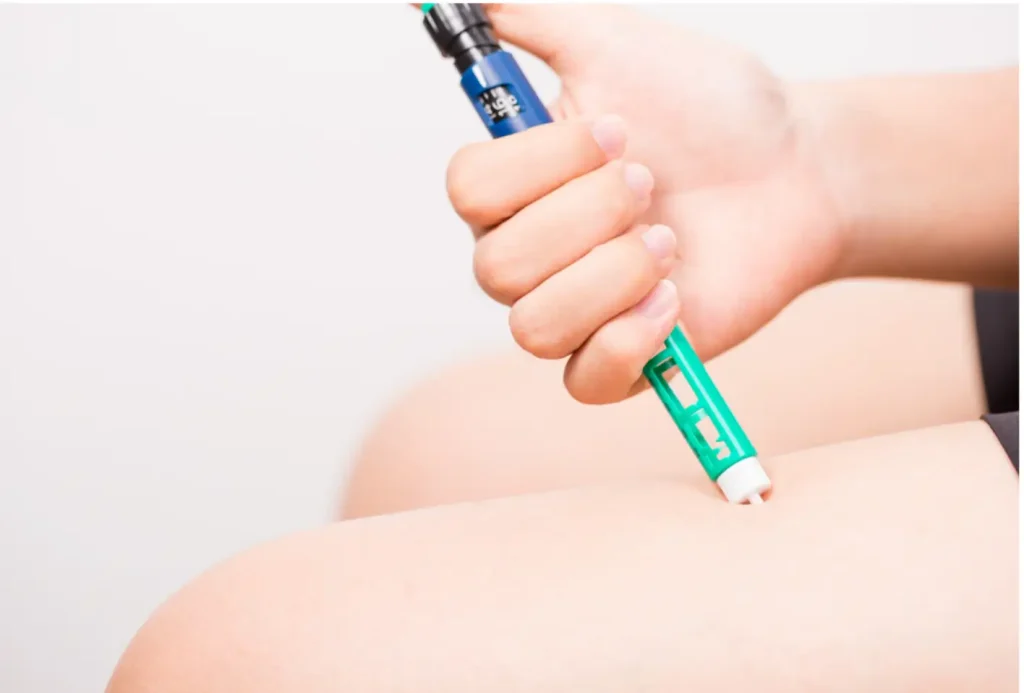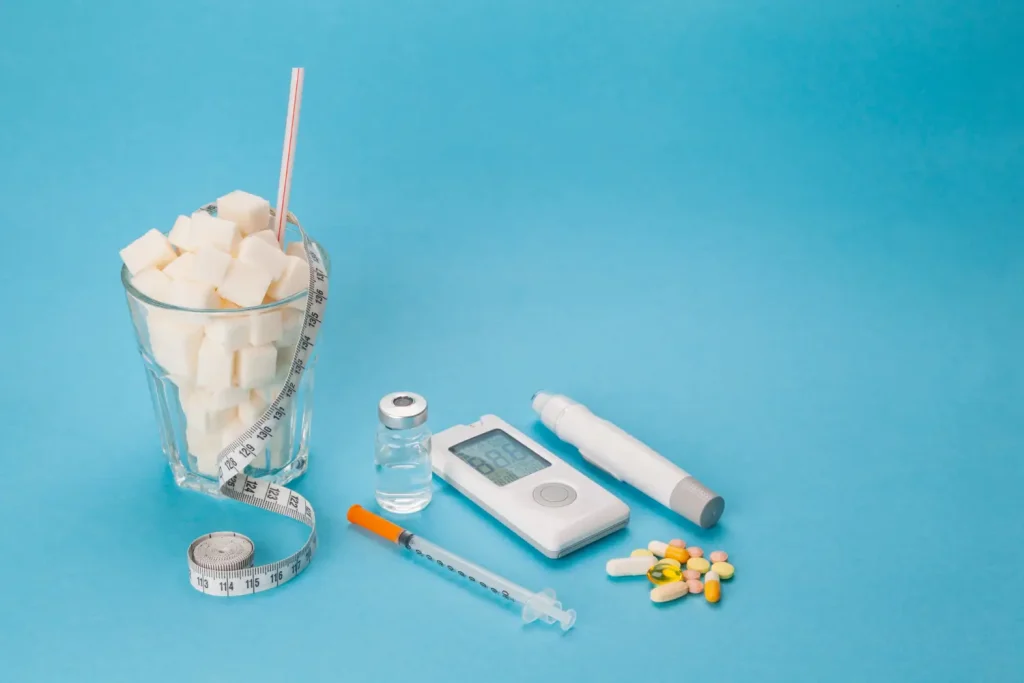If there is one area of the body to blame for giving cosmetic injectables a bad name, its the lips. Many of the images circulating on social media showcase over-plumped lips and, in the wrong hands, dermal fillers use all too often results in the dreaded “duck lips.
When your client comes in requesting bigger lips, you may be faced with a dilemma. How do you fulfill your clients request in a natural-looking way? A new study in JAMA Facial Plastic Surgery has quantified just how slim a margin you have to get that perfect look.
The study involved nearly 100 participants, approximately 75 percent of whom were female. Researchers asked these observers for their opinions on a set of photographs, specifying whether the lips they saw were natural and attractive or unnatural and unattractive, and whether the observers thought the lips had undergone cosmetic treatment.
The lips in question had been digitally altered to simulate increasing levels of cosmetic surgery: the upper lip was enlarged, the lower lip was enlarged, both the upper and lower lips were enlarged, or the shape of the Cupid’s bow, which is the curve and dip of the upper lip, was altered. The researchers wanted to discover at which point the digitally altered lips went from being perceived as natural to artificially enhanced.
When the researchers determined the point at which half the observers said the lips looked treated and the point at which half the observers said the lips looked artificial and unnatural, there was only a small difference between the two. When both the upper and lower lips were enhanced, there was a 1.5 mm difference between the point at which the lips looked treated and when they looked unnatural. With just the upper lip enhanced, there was a 0.9 mm difference between the lips looking treated and unnatural. The Cupid’s bow was the most sensitive, with only a 0.3 mm margin of error between looking cosmetically-treated and unnatural.
When treating lips, it seems that alterations to the shape of the Cupid’s bow are the most sensitive to error. Injectors have a fine line to tread between enhancing their client’s look and making their lips look artificial. Treating both the upper and lower lips seems to generate the most positive response in viewers, as they balance each other out. In all cases, it seems, it is easy to be a little off and get it completely wrong.
The information provided by this research is useful for both those professionals performing the injections and for their clients. As the study authors clearly point out, lip enhancement is a process that requires both technical and artistic prowess, combining both a precisely measured amount of dermal filler and the ability to fine just where is best suited for placement. Thanks to this study, now, injectors can have an improved idea of a suitable filler amount to inject for each procedure and also to provided more focused counsel for their clients.
When someone comes in asking for big, beautiful lips, injectors can reference this study in discussion with their client. When it comes to the lips, bigger is not always better.
Dermal fillers are the go-to option for lip enhancement, providing subtle volume and reversible results. The hyaluronic acid in these products retains moisture within the lips, keeping them hydrated. To learn more about lip fillers, like Juvederm Volbella, Restylane Kysse, Stylage Special Lips, and Teosyal Puresense Kiss, visit MedicalSpaRX.com.

